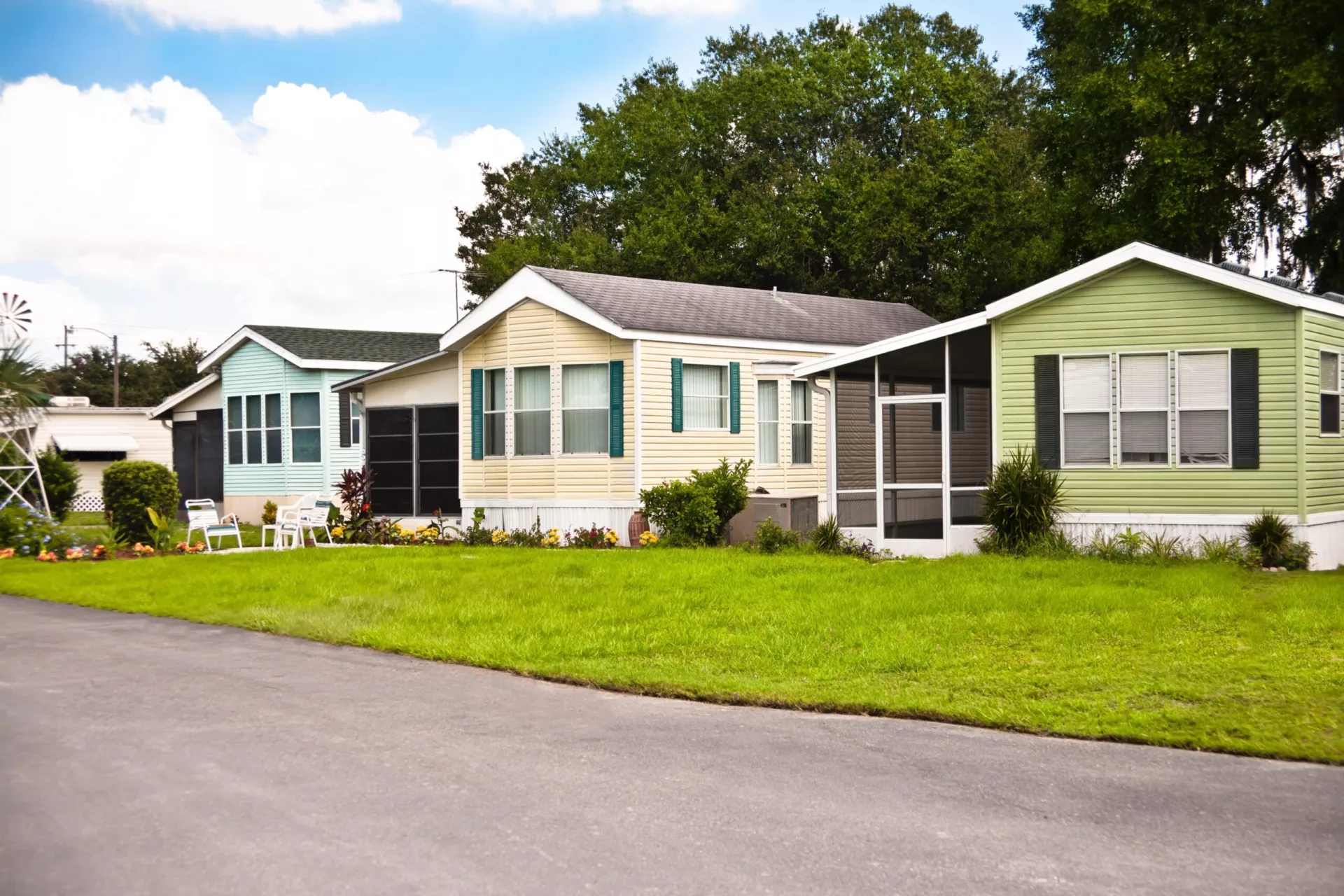Bridge Loans- All You Need to Know For Real Estate and Businesses

When you’re short of cash but you know that you’ll get financing in a few weeks’ time, you could be looking for a loan that can sustain you for now. The loan that you’re looking for is a bridge loan.
What are Bridge Loans?
Taken from its name, a bridge loan helps you pay for your obligations while you wait for a more secure form of financing. It is a short-term loan, usually lasting only up to one year, and it often requires collateral. Collateral can come in the form of real estate or inventory (for businesses).
A bridge loan is also called a gap financing or a swing loan. It is beneficial for those who are just waiting to be financed in a few weeks, months, or years. This means that both individuals and businesses can take advantage of this.
Although a bridge loan seems a good resolution for depleting finances, you should be wary of jumping into it because of the high-interest rates.
Bridge Loans for Businesses

The best advantage a business can get from this is that application is relatively easier and faster than traditional loans. However, companies should never forget that this only lasts for a year, and depending on your loan, it can just last a few months. This is why companies should accurately gauge when their funding will arrive so that they will not incur more costs if they cannot pay the bridge loan on time.
Bridge Loans for Real Estate
If there is anything that individuals use bridge loans for, it’s usually for real estate. For example, you are eyeing this property for sale, and yet you don’t have enough money to pay for it at the moment fully. You can turn to bridge loans to help pay for the rest of the property. Of course, the bank or private lender will still need collateral for your loan, often in the form of a property.
The benefit of getting a bridge loan for real estate is that you can get your dream property simply by using your current property as collateral. This kind of loan doesn’t have restrictions for this kind of settlement. And if you sold your home, you can quickly repay the bridge loan in staggered payments.
But of course, this still has its few disadvantages. For one thing, a bridge loan can cost more than a home equity loan. This doesn’t even take into account the interest you have to pay. Additionally, it can be stressful for you, the homeowner, to own two properties that aren’t entirely yours.
In the end, bridge loans are helpful if you are sure that future financing can cover it.










